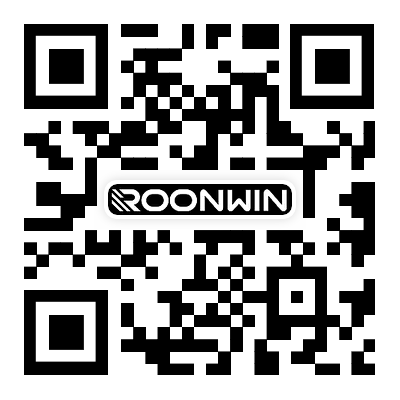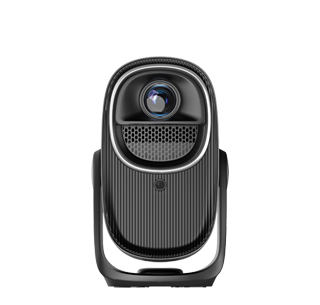
Projector image correction is a crucial process that addresses various issues that can distort the projected image, such as keystoning, misalignment, and geometric distortion. By applying appropriate correction techniques, users can ensure that the projected image is clear, properly proportioned, and accurately aligned with the projection surface, enhancing the overall viewing experience.
Keystoning is one of the most common image distortion problems. It occurs when the projector is not perpendicular to the projection surface, causing the image to appear trapezoidal, with one side wider than the other. To correct keystoning, many projectors offer manual or digital keystone correction features. Manual keystone correction typically involves adjusting physical buttons or sliders on the projector to change the angle of the projected image. Digital keystone correction, on the other hand, uses software algorithms to manipulate the image data before projection. The user can access the keystone correction settings through the projector's menu system and adjust the horizontal and vertical keystone correction values to make the image rectangular.
In addition to keystoning, misalignment of the projector can also result in an uneven or offset image. This can be caused by improper placement of the projector or vibrations during operation. To correct misalignment, users can physically adjust the position and angle of the projector. Using a level tool can help ensure that the projector is properly aligned horizontally. Some projectors also offer features like image shift, which allows users to move the projected image horizontally or vertically without changing the position of the projector. This can be useful for fine - tuning the image placement on the projection surface.
Geometric distortion, such as barrel or pincushion distortion, can also affect the image quality. Barrel distortion causes the image to bulge outward at the edges, while pincushion distortion makes the image concave. Advanced projectors may have built - in geometric correction features that use digital signal processing to correct these distortions. The user can select the appropriate correction mode from the projector's menu and adjust the correction level to make the image appear geometrically correct. In some cases, external software or calibration tools can also be used to perform more precise geometric correction, especially for professional applications where high - accuracy image projection is required. By effectively correcting these image issues, projector image correction ensures that the projected content is presented in the best possible way, providing viewers with a clear and immersive visual experience.
Read recommendations:
HW40 Home Cinema - HW Series Projector
Can LED Projectors Have Brighter Lamps Replaced?
Exploring Projector Minimum Throw Distance
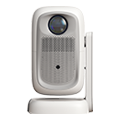
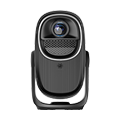

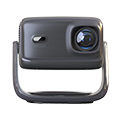
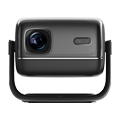
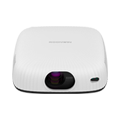
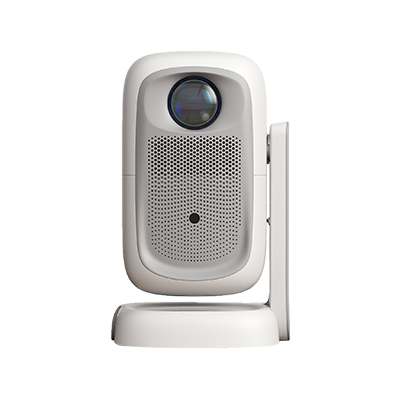
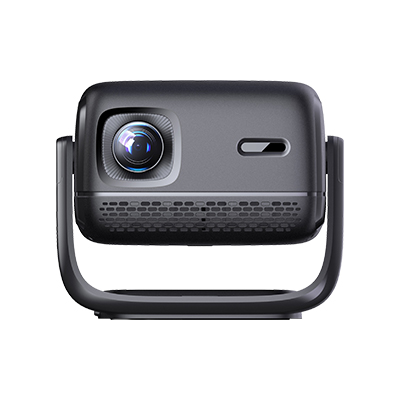
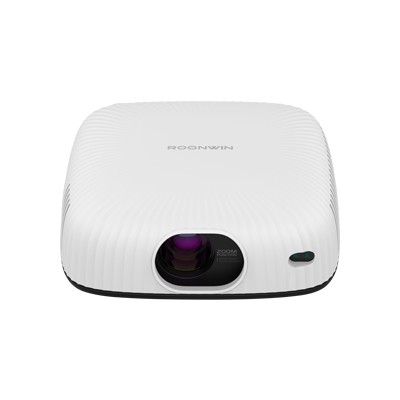








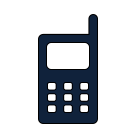
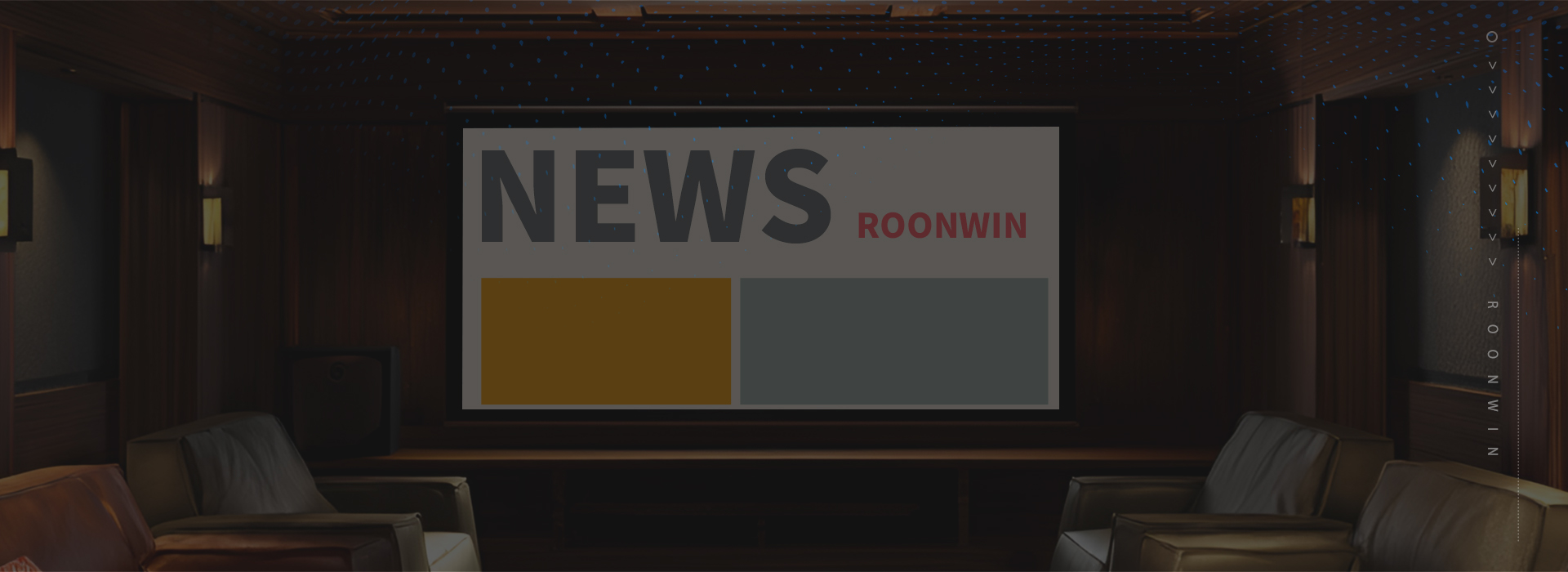
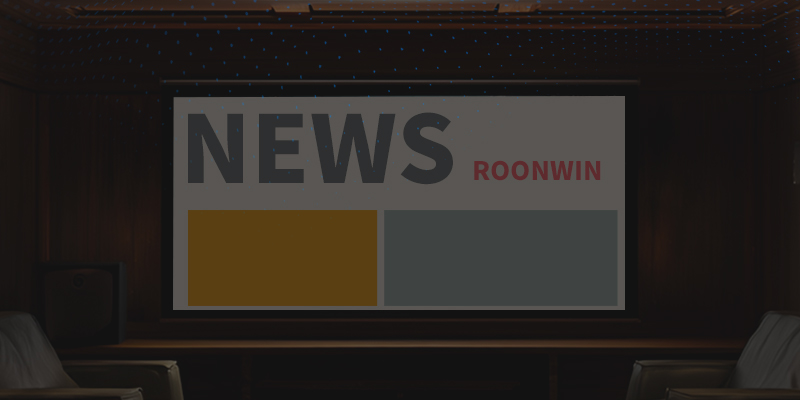
 Reviewed:
Reviewed:










